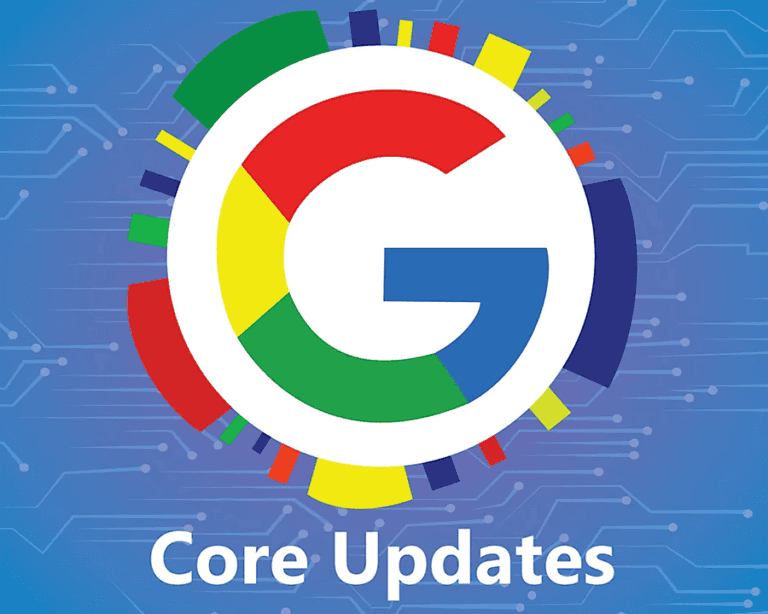As expected, Google recently unveiled a new algorithm update aimed at improving search results by prioritizing high-quality, informative, and engaging, high quality content.
This update is a continuation of Google’s ongoing efforts to provide users with the best possible search experience, and as you can expect, it’s still fully inline with what Google aims to achieve.
Google has always wanted people to use their search engine with the hope of finding useful and relevant information that they can use. That also means finding the most useful and relevant information in the midst of every single website out there today.
So what does that mean for the rest of us, when it comes to online marketing?
How does that affect people that want to make their own website standout amongst the millions of websites that Google has already looked at almost on a daily basis?
The answer lies in what the update is currently targeting.
What Does the Update Target?
Let’s first take a look… The primary goal of this update is to demote low-quality content, such as thin content, duplicate content, or content with little value to users.
Google is emphasizing the importance of creating content that is original, helpful, and informative.
At first, it would seem that most content creators have managed to do that while religiously adhering to SEO principles, but unfortunately, that has led to an SEO-first principle of writing, which often results in a poor user experience!
How Does That Impact SEO?
This update signifies a shift in SEO strategies, making quality content paramount to all SEO activities.
Instead, the focus should be on producing content that genuinely helps users.
That means creating high-quality content that meets user needs and expectations is more likely to rank well in search results.
What Should Businesses Do?
To thrive in this new landscape, businesses must adopt a content-first approach.
Here are some key strategies:
- Create High-Quality Content: Focus on producing valuable, informative, and engaging content that addresses user needs.
- User Experience: Ensure your website offers a positive user experience, including fast loading times, easy navigation, and mobile-friendliness.
- E-A-T: Emphasize Expertise, Authoritativeness, and Trustworthiness. Demonstrate your knowledge and credibility in your industry.
- Technical SEO: Optimize your website for technical SEO factors like website speed, mobile-friendliness, and proper indexing.
- Link Building: Focus on building high-quality backlinks from reputable websites.
- Monitor and Adapt: Keep track of your website’s performance using analytics tools and adjust your strategy accordingly.
Turn Content Into Quality Content
To improve the performance of your existing content, consider the following:
- Content Audit: Evaluate your content to identify areas for improvement.
- Content Expansion: Add value to existing content by providing more in-depth information or additional perspectives.
- Update Outdated Content: Ensure your content is up-to-date and relevant to current trends.
- Optimize for User Intent: Understand what users are searching for and tailor your content accordingly.
- Improve Readability: Make your content easy to read and understand by using clear language and formatting.
By prioritizing quality content and user experience, businesses can adapt to Google’s latest update and achieve long-term success in search rankings.
Need Help With Your SEO?
Check out our Local SEO System here >>
It’s currently heavily discounted in our Summer Sale!









